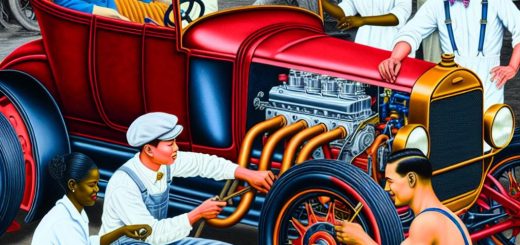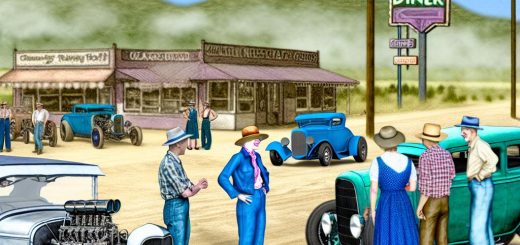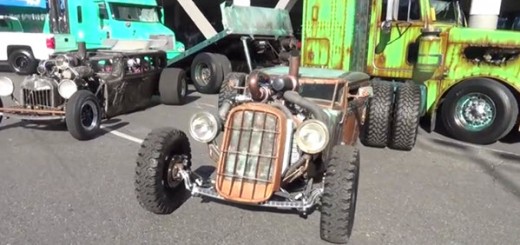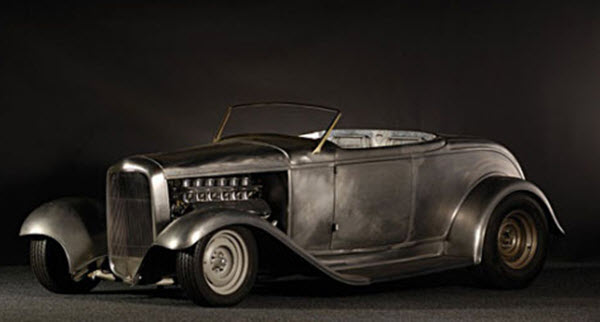Contents
The Origins of Hot Rods
The journey of hot rods dates back to the early 20th century, a time when the passion for speed and automotive innovation began to take shape. The term “hot rod” initially described cars that enthusiasts had modified to become faster and more robust than their factory versions. By altering their vehicles, early automotive enthusiasts set the stage for the hot rod movement, diving into modifications primarily aimed at increasing speed and engine performance.
Early Modifications
During the 1920s and 1930s, a wave of youthful automotive enthusiasts emerged across the United States, predominantly targeting affordable car models such as Fords for their modification projects. These young enthusiasts often operated with limited financial resources, compelling them to innovate with what was available. A primary focus was on reducing the overall weight of vehicles while refining their aerodynamic efficiency. Unnecessary parts were stripped away, and engines were meticulously tuned to extract higher levels of performance. This was a pivotal period in the development of hot rods, offering a glimpse into the creativity and technical acumen of these early pioneers, which paved the way for subsequent advancements in the hot rod domain.
Post-War Boom
In the aftermath of World War II, hot rodding saw a remarkable increase in its popularity and cultural significance. Returning soldiers, equipped with mechanical skills and experiences from the war, found themselves drawn to the world of automobiles and the thrilling dynamics of speed. Their mechanical expertise and newfound interest were instrumental in fueling the hot rod movement. During this era, the culture surrounding hot rods flourished, as enthusiasts were more inclined to experiment with vehicle modifications and customizations on a grander scale, solidifying hot rodding as an integral part of American automotive culture.
Drag Racing and Customization
The 1950s marked a transformative era for hot rodding, highlighted by the emergence of organized drag racing events. These events provided a formal platform for hot rod owners and builders to test and showcase the capabilities of their modified vehicles. Consequently, there was a shift toward a more professional approach to hot rodding, spurring the development and availability of specialized parts and performance enhancing components. This decade was also characterized by the blossoming car customization movement, which saw enthusiasts pushing the boundaries of automotive design and aesthetics. The experimentation with bodywork and paint during this time gave rise to vehicles that were not only performance-oriented but also visually unique, reflecting the personal taste and creativity of their creators.
Modern Influence
In contemporary times, hot rods retain their status as a significant historical and cultural element within the global automotive hobbyist community. The advancements in automotive technology have allowed modern hot rods to integrate sophisticated components and cutting-edge designs that harmonize traditional elements with contemporary innovations. Enthusiasts of today frequently pay homage to the rich history and vibrant culture of hot rodding by participating in car shows and related events. These gatherings serve not only as a celebration of past achievements but also as a means to sustain the tradition and ensure the enduring legacy of hot rodding in the automotive world.
For those interested in delving deeper into the intricacies of hot rods and their enduring cultural impact, organizations and publications such as the Hot Rod Network offer extensive resources and insights. Through these platforms, various aspects of the hot rod phenomenon are explored, providing enthusiasts and newcomers alike with valuable information and a connection to a likeminded community dedicated to the celebration of automotive ingenuity and innovation.






